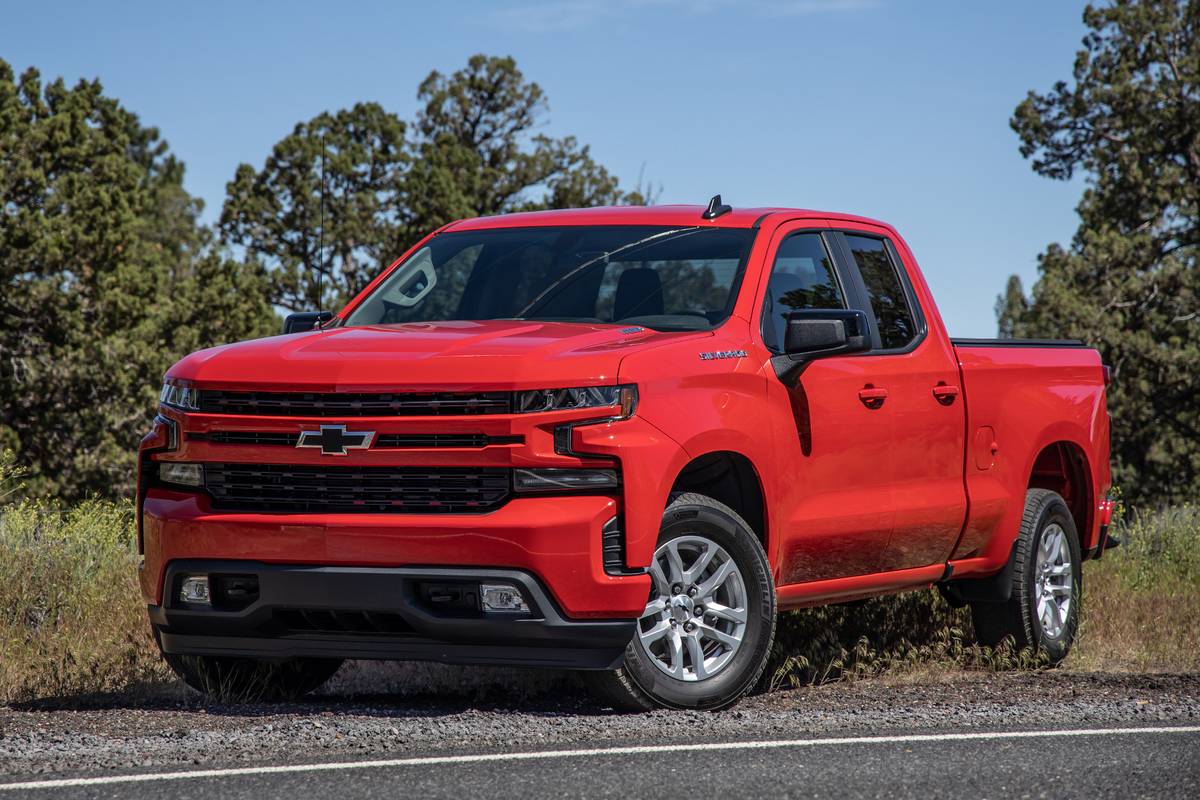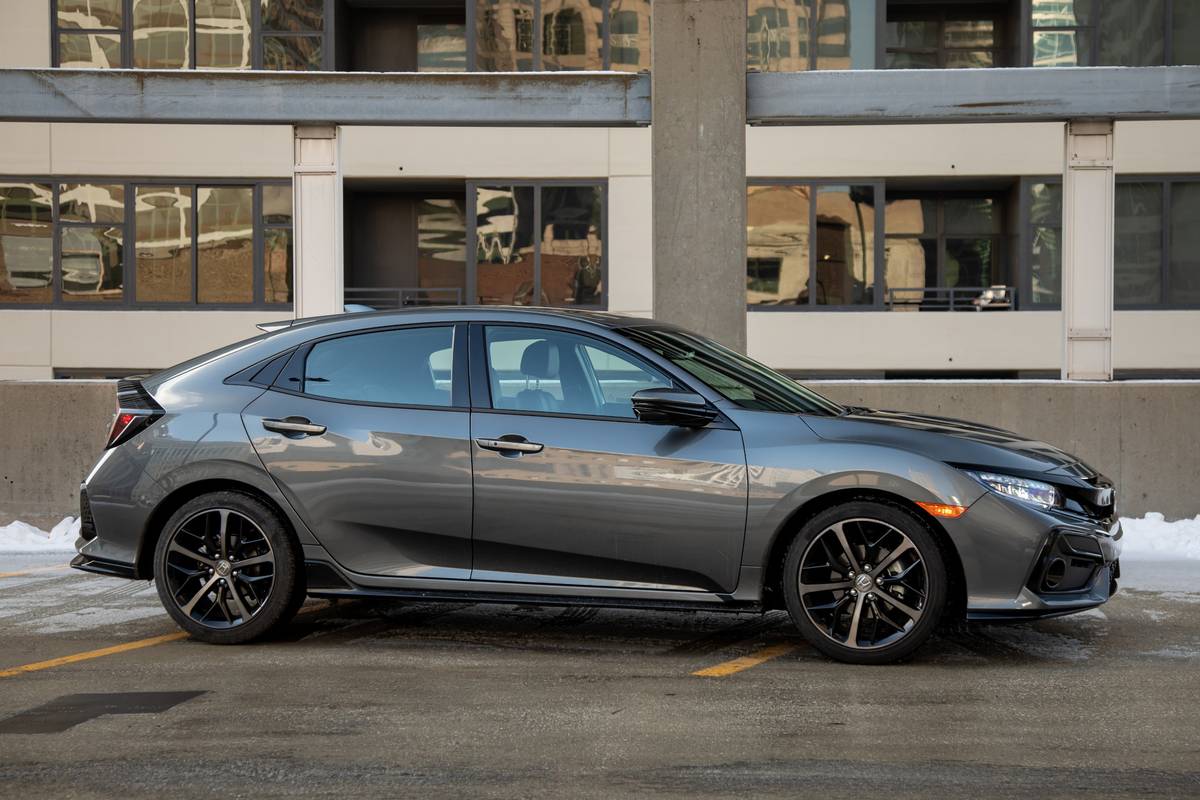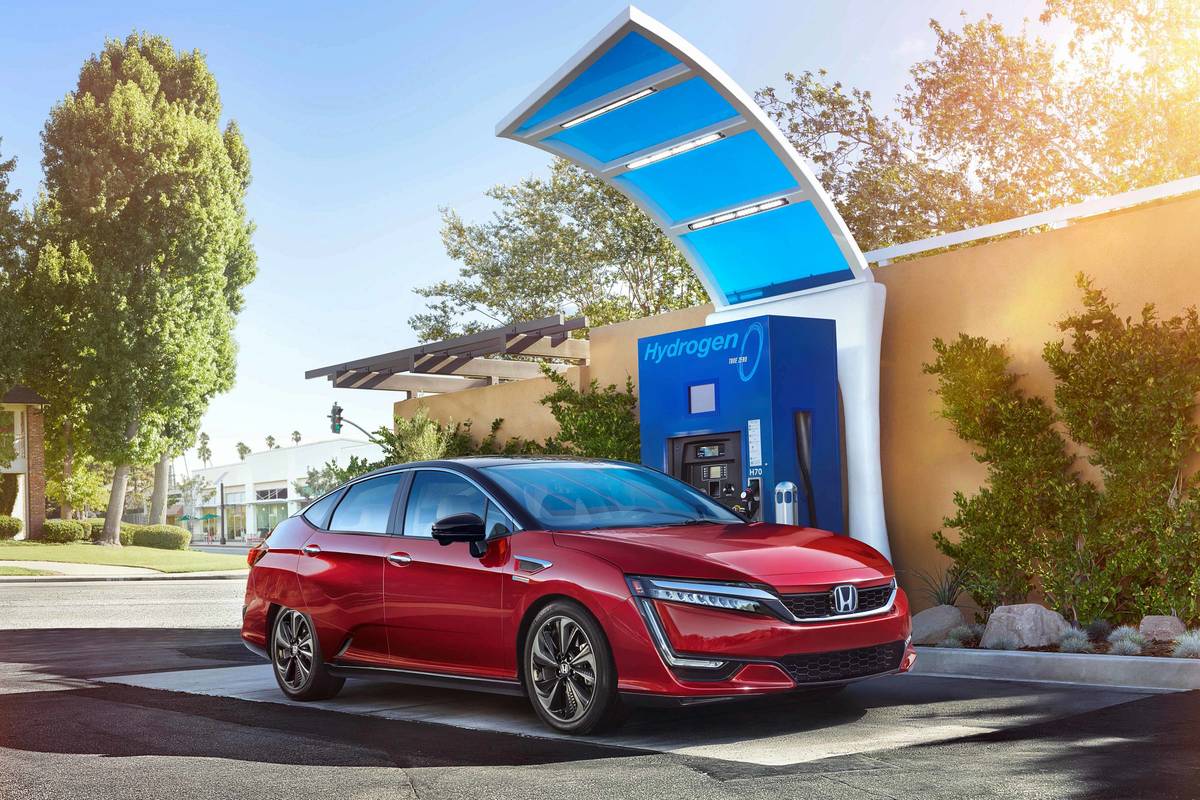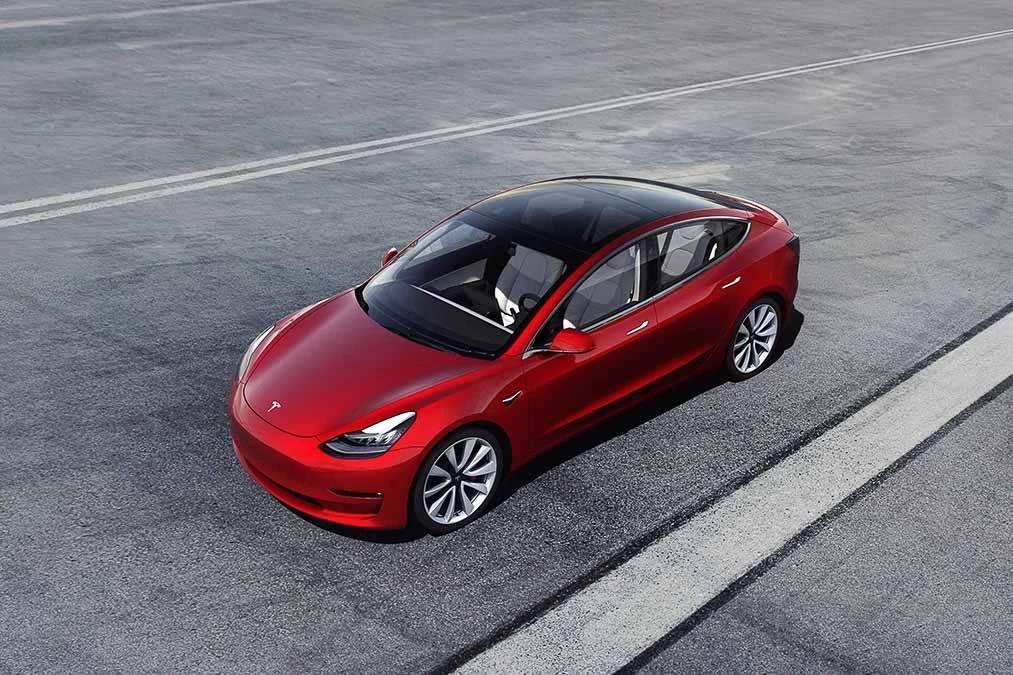2020 Best Eco-Friendly Car of the Year
2020 Toyota Corolla Hybrid: Best Eco-Friendly Car of the Year
Before the COVID-19 pandemic overwhelmed us all, climate change was getting more of the attention it’s long deserved, and all anyone could talk about was battery-electric vehicles. Even then, we were fans of the technology but lukewarm on its prospects due to the added — mostly upfront — costs associated with EV purchases, as well as the fact that they exclude most apartment dwellers and many other consumers.
The plug-in movement is driven by global government mandates and the automakers that are attempting to comply, not by overwhelming consumer demand. We argued that without a reason to switch beyond the environmental imperative, consumers would stick with what they knew. Gas-electric hybrids are proven and identical, in terms of ownership, to a regular car. We discussed many hybrids for this award, including SUVs, which are certainly more popular, but we united around the model that had impressed us most: the new 2020 Toyota Corolla Hybrid.
The Toyota Corolla Hybrid is EPA-rated at 53/52/52 mpg city/highway/combined — similar to the Toyota Prius and about 20 mpg more than the regular Corolla. And we’ve done better: In real-world driving during favorable weather, one of our editors saw trip-computer mileage readings of 76.1 and 78.6 mpg. The Corolla Hybrid also impresses in terms of cost: It starts at $24,055 (all prices include destination fees), around $3,000 more than the gas-powered Corolla LE but some $1,200 less than the cheapest Prius.
The 2020 Toyota Corolla Hybrid is all new and joins a redesigned 2020 regular Corolla sedan. (The Corolla Hatchback, which debuted for 2019, is not available as a hybrid.) The Corolla Hybrid pairs the Prius’ 1.8-liter four-cylinder gas engine with two electric-motor generators and integrates them in a smooth and natural way akin to a continuously variable automatic transmission.
The hybrid stands out for gas mileage and value but, refreshingly, not much else: The sedan feels and looks like a regular car with quick, smooth power; fuss-free controls; and comfortable road manners. When hybrid vehicles first hit the market with out-there styling and wacky colors, they started off as one-part fashion statement, one-part environmental statement, but the first part of that equation turned off a lot of buyers — as did the price jump required to get the hybrid powertrain. Fast forward to 2020, and this year’s winner takes another direction and addresses both those negatives, offering the hybrid on the second-lowest trim level rather than the highest, as some hybridized models have. (If anything, we’d like to see some higher Corolla Hybrid trims added.)
The 2020 Toyota Corolla Hybrid has mainstream compact-car looks and a matching compact-car price tag while delivering stellar gas mileage. We chose the Corolla Hybrid as our Eco-Friendly Car of the Year before the pandemic hit our shores; now that it has, an affordable car with high mileage seems even more attractive than it might have under a stronger economy.

Chevrolet Silverado 1500 Duramax Diesel: Nominee
Wait a minute, a diesel half-ton pickup truck nominated for our Eco-Friendly award? You’d better believe it. How can we justify having a diesel light-duty towing rig among the hybrids and electric cars? Simple: fuel economy.
Every example of the new turbocharged 3.0-liter straight-six Duramax diesel engine we’ve sampled in a light-duty truck has been fantastic, with amazing responsiveness and quiet operation — but most important for our purposes, the EPA officially rates the 2020 Silverado 1500 diesel at 23/33/27 mpg city/highway/combined for the two-wheel-drive model and 23/29/25 mpg for the 4×4. (The related GMC Sierra 1500 diesel gets slightly lower ratings due to blockier, less aerodynamic styling.)
But our testing results with various Silverado versions have returned fuel economy ranging from an average of 38.1 mpg when driven very, very carefully down to 32.0 mpg when driven normally on a 200-mile loop. In short, most of our experiences with the diesel half-ton pickups have exceeded the EPA ratings with one exception, explained by serious elevation change and higher speeds. Even in that application, 27.4 mpg was excellent fuel economy performance by a half-ton truck.
It doesn’t come cheap, however. It’ll cost you a minimum of $5,300 over the 5.3-liter V-8 engine and $6,700 more than the standard turbocharged 2.7-liter four-cylinder in the least expensive Silverado 1500 LT double-cab 4×2. But if you’re looking for effortless towing and stellar fuel economy, few do it better.

2020 Honda Civic: Nominee
Electric motors and high-capacity batteries are getting all the attention, but the strongest case for positive environmental impact might still hail from an efficient internal combustion engine. No better case exists than the Honda Civic, a venerable compact on its third consecutive tour among Cars.com’s Eco-Friendly award nominees. The current generation, introduced in late 2015, sticks with a gasoline engine in the U.S.
The Civic comes in myriad trim levels and body styles, but the vast majority earn combined EPA estimates of 32 mpg or higher. The mileage leader is the Civic sedan, which secures an excellent 36 mpg combined estimate for EX and EX-L trim levels. Those trims account for roughly 1 in 4 new 2020 Civic sedans listed on Cars.com as of this writing — far better availability than some competitors’ efficient trims. (Hyundai’s 36-mpg Elantra Eco, for example, is virtually impossible to find.)
The fuel savings compound when you consider the Civic’s popularity — more than 325,000 sales in the U.S. in 2019 even as consumers fled to SUVs. Ranking as Honda’s No. 2 seller in 2019, it handily outsold popular SUVs like the Ford Escape and Jeep Grand Cherokee.
Perhaps that’s because the Civic’s efficiency doesn’t come at the expense of its appeal. Already a class leader, the Civic was refreshed for the 2019-20 model years with some small but important improvements. It’s as appealing as ever. Environmentalism is as much about incremental betterment for the many as massive gains for the few, and few cars exhibit this like the Civic.

2020 Honda Clarity Plug-In Hybrid: Nominee
You might think all plug-in hybrid EVs are positioned to deliver the best of both worlds: suitable all-electric range for in-town driving and an onboard gas engine for carefree cross-country road trips. But many PHEVs underdeliver in the all-electric range aspect, making the technology’s extra cost harder to justify.
The 2020 Honda Clarity Plug-In Hybrid bucks that trend, delivering an impressive 47-mile all-electric range, according to the EPA. It’s still an efficient performer when its battery pack has been depleted and it’s operating as a hybrid, too: an estimated 44/40/42 mpg city/highway/combined.
Some efficient cars aren’t great to drive, but that’s not the case with the Clarity. Acceleration is smooth and predictable, brake-pedal feel — something hybrids tend to struggle with — is good; the steering is responsive; and it’s quiet on the highway. The cabin is spacious, and the trunk is a sizable 15.5 cubic feet, making the car comfortable enough for a family of four.
The $34,355 starting price is significantly higher than the similarly sized 2020 Honda Accord Hybrid, which starts at $26,575 and is EPA-rated at 48/47/48 mpg. But the Clarity is eligible for a $7,500 federal tax credit that can bring the car’s starting price within a few hundred dollars of the Accord Hybrid’s price, and it also qualifies for various state incentives. If you want the environmental benefits of an electric car but need the convenience of a gas vehicle, the Clarity Plug-In Hybrid excels.

2020 Tesla Model 3: Nominee
The Tesla Model 3 is a compelling vehicle with more than enough sales to prove it. Yes, just being an EV is a “green card,” if you will. But efficiency matters even in the electric realm, and the rear-wheel-drive version of the Tesla Model 3 is the most efficient electric car on the market, rated 141 mpg-equivalent by the EPA for the Standard Range Plus model. Only the 2020 Hyundai Ioniq Electric, rated 133 mpg-e, comes between it and the Standard and Long Range Model 3 versions, rated 131 and 130 mpg-e, respectively. (The Ioniq is a good EV but isn’t available nationwide; Teslas also challenge this requirement, but the Model 3’s proliferation was too great to be ignored.)
Though an electric car has no local emissions and can run on electricity from renewable sources, not all sources of electricity are as clean as others, and efficiency also translates to two important factors owners experience directly: driving range and charging speed. For example, the popular Chevrolet Bolt EV is rated 118 mpg-e. If all other factors (power supplied, onboard charging rate) were equal, a Model 3 fed the same amount of power over the same period as a Bolt EV would add more miles of range.
Tesla is not a perfect company, but environmental factors have always driven its efforts, and Tesla’s cars (also not perfect) have always been equipped to charge quickly and drive far — easing range anxiety and attracting the uninitiated. Efficiency is key to these qualities, and it’s one of many reasons the Model 3 is closer than ever to meeting Tesla CEO Elon Musk’s promise of an EV for the masses.
